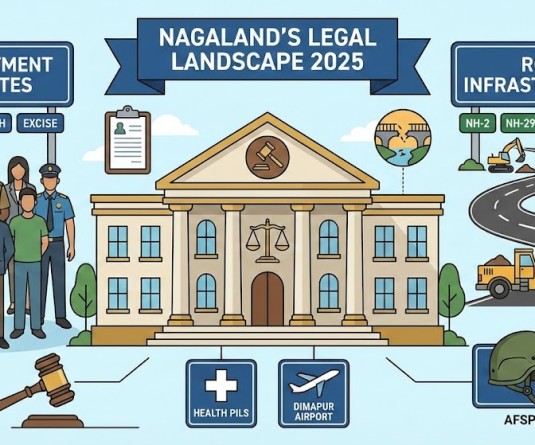
Our Correspondent
Kohima | February 7
The Naga Hospital Authority Kohima (NHAK) will soon have an E-hospital facility where it will be possible for the patients to access various services, like getting OPD appointments, checking pathology test reports online.
This was stated in Nagaland Vision 2030. This will be done through a unique patient ID number and will help to ease congestion and reduce waiting time for the patients.
he Vision document stated that adoption of e Health will provide a better and faster way of using health resources for information dissemination, interaction and collaboration among health professionals, health providers and the public.
“There is need to expand tele medicine to 11 district hospitals and whichever can be gradually upgraded to tele health which include computer assisted telecommunications to support management, surveillance, literature and access to medical knowledge,” it stated.
mHEALTH: The problems of limited resources and inaccessibility can be mitigated to a large extent by taking advantage of high mobile phone penetration in remote areas and the growing smart phone culture through adoption of m-health, it stated adding that m health will bring services to the under-served areas through sms, mobile videos and interactions on health and collection of vital data.
“With wider usage by general public it can increase public wellness and bring down healthcare expenditures. Considering lack of infrastructure and limited capacity in rural areas m Health is no longer an option- it is a must, if equitable society is to be ensured,” it observed.
aHEALTH: With the proposed construction of airstrips across districts, the concept of a Health will supplement e Health and m Health in overcoming the impediments of difficult topography will ensure speedy delivery of health care services. For this purpose, choppers and light aircrafts should be at the disposal of the state to meet medical exigencies.
It also stated that the human resources of medical care also needs to rise up to be able to meet the growing demands of specialized health care in the state by 2030.
“Today there are around 373 HR sanctioned posts in all the district hospitals of the state, however, as per the IPHS norms a total of 1232 posts in necessary, which means a deficiency of around 859 posts. This huge resource gap will mean that there will remain a large chunk of the population that has to be denied even primary health care facilities in the present context. This resource gap will have to be rationally filled up. The state should also encourage doctors to take up specialist studies so that the present lack of specialists in the state can be mitigated,” it further observed.




